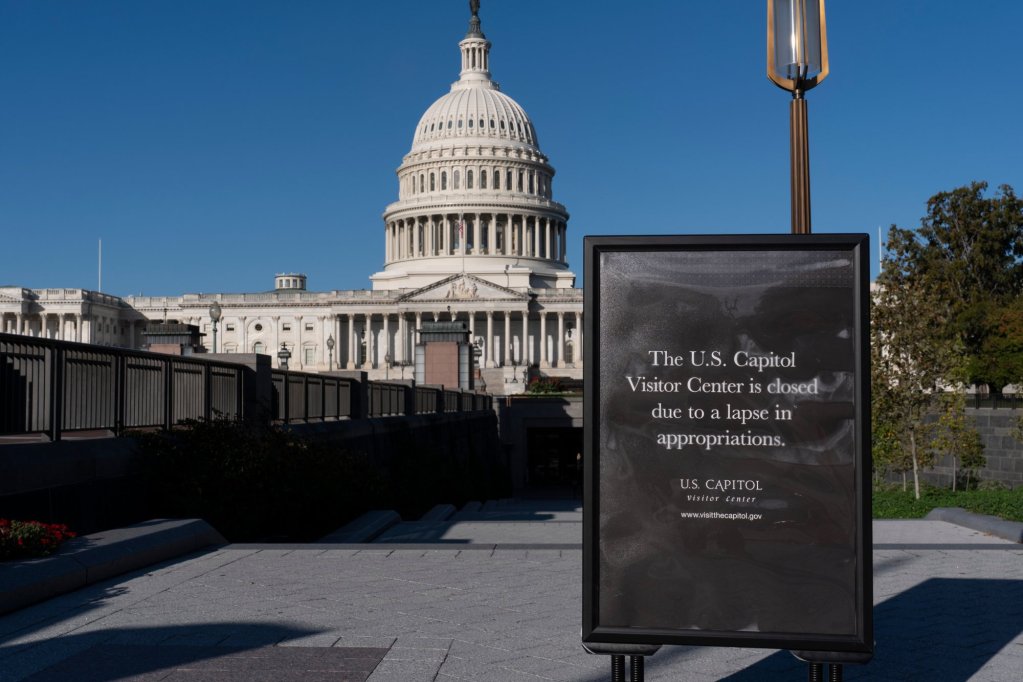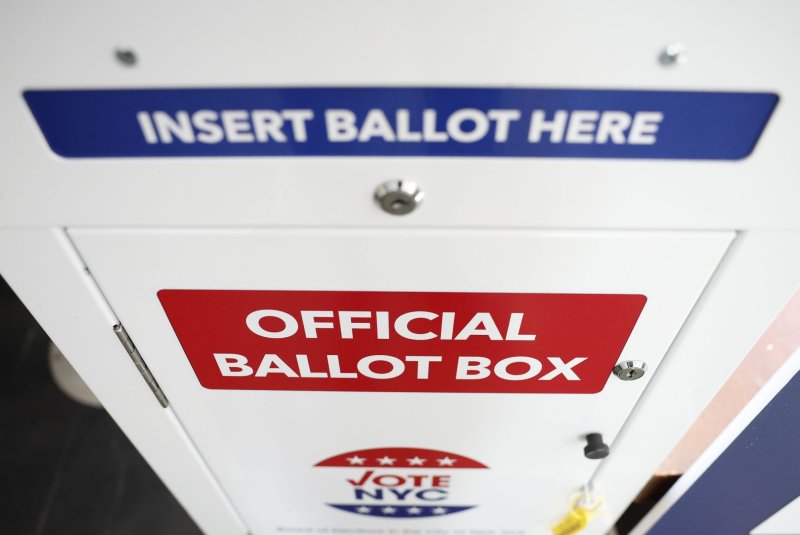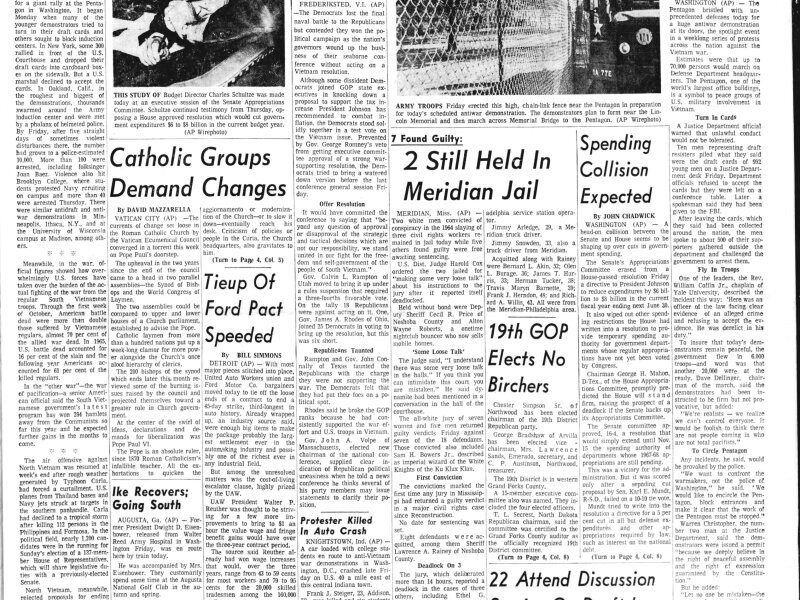The United States has witnessed a staggering increase in its publicly held debt over the past 45 years, rising from approximately $712 billion in 1980 to over $30 trillion today. This growth represents a shift from around 25% of the annual U.S. GDP to nearly 100%, raising concerns about the sustainability of such a trajectory.
A historical perspective reveals that in the years immediately following World War II, the debt-to-GDP ratio peaked at 106% in 1946 before declining to 25% by 1980. This reduction was achieved through a combination of fiscal discipline, economic growth, and inflation. In contrast, the current landscape shows a disturbing trend where debt continues to rise, even in peacetime, driven by a combination of entitlement programs and a lack of political will to implement necessary reforms.
Entitlement Programs and Budget Deficits
The expansion of the entitlement state is a significant factor contributing to the current debt crisis. Since the 1983 reforms to Social Security, there have been no substantial adjustments to the program, despite indications of impending insolvency and potential benefit cuts surpassing 20% by 2033. Medicare and Medicaid have similarly expanded beyond their original frameworks, compounding the fiscal challenges.
Political dynamics have also played a role in this evolution. Both major parties have engaged in practices that exacerbate the deficit. Democrats have sought to expand welfare benefits, even to higher-income brackets, while Republicans have made promises of tax cuts without corresponding reductions in spending. The recent “One Big Beautiful Bill” demonstrated a rare instance of attempting to offset tax cuts with spending reductions, though critics argue that it falls short of addressing the broader issue.
The Role of Monetary Policy
The Federal Reserve, under the leadership of figures like Alan Greenspan, has contributed to the perception that persistent borrowing is politically viable. By maintaining low interest rates and monetizing debt, policymakers have been lulled into a false sense of security regarding fiscal irresponsibility. However, the consequences of this approach are becoming evident, as interest payments have surged from $372 billion annually to nearly $1 trillion, surpassing expenditures on defense and Medicaid.
Looking forward, projections indicate that interest payments could approach $1.8 trillion within a decade, further straining federal finances. The trajectory suggests that without significant changes to fiscal policy, the debt could rise to an alarming 166% of GDP by 2054. Such an outcome would likely destabilize the economy and diminish purchasing power for ordinary Americans.
The current political landscape reveals a consensus on the need for growth as a solution, yet both parties seem reluctant to make the necessary sacrifices. Even a sustained annual growth rate of 3% would generate approximately $4.4 trillion in revenue over a decade, while total deficits are predicted to reach $21.7 trillion.
In conclusion, the debt crisis facing the United States is not merely a result of wasteful spending or inadequate revenue generation. It stems from a combination of unfulfilled promises to retirees, escalating healthcare costs, and a collective unwillingness to confront the fiscal realities. Historically, debt has decreased following wartime; however, since 1980, the U.S. has experienced a paradoxical situation of peace coupled with fiscal imprudence. As the nation grapples with these challenges, the responsibility lies with policymakers to enact meaningful reforms to restore financial stability.
Veronique de Rugy, a senior research fellow at the Mercatus Center at George Mason University, offers insight into these trends, emphasizing that without a fundamental shift in approach, the consequences of inaction will continue to escalate.







